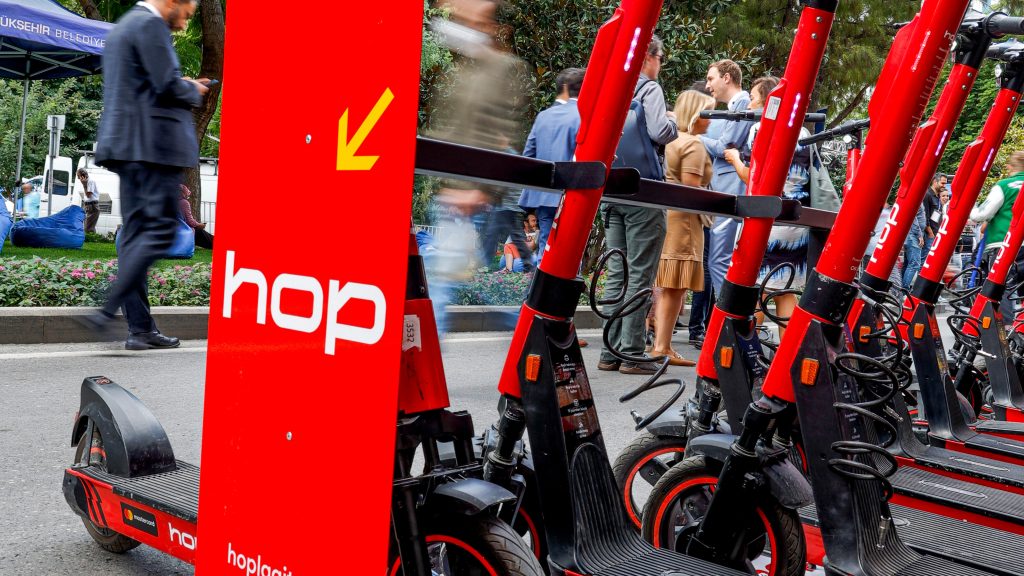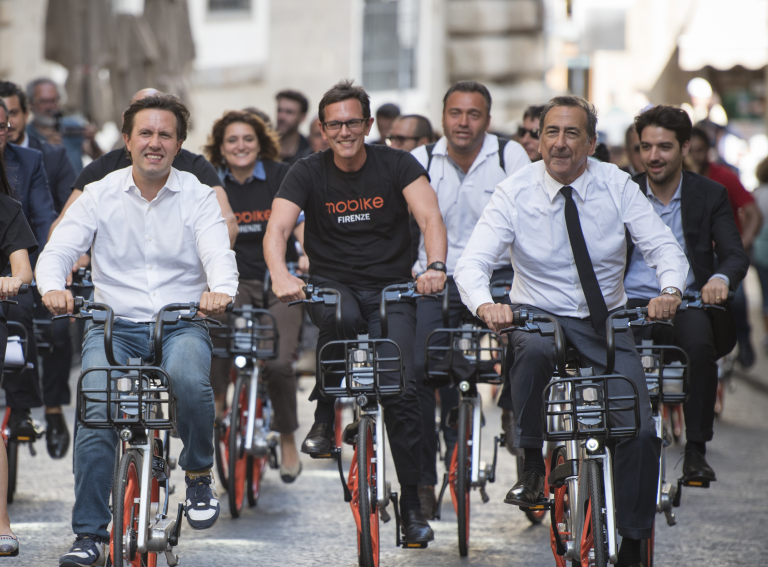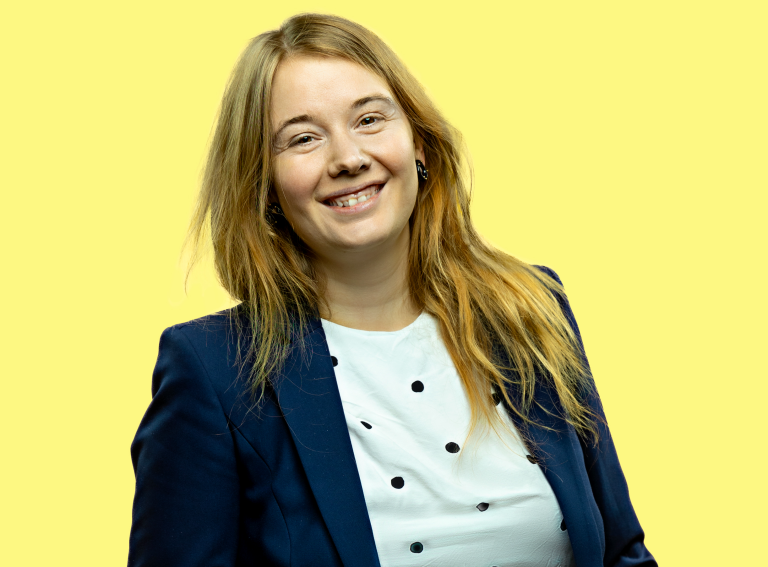During a six-month trial last year, Luna’s computer vision technology proved a massive success in increasing the level of accurate and secure micromobility parking across Istanbul.
Supported with funding from the EIT Urban Mobility SME Market Expansion Call, the trial was run in collaboration between Luna, the Istanbul Metropolitan Municipality and shared micromobility operator hop.
“The integration of Luna’s technology has revolutionised our approach to fleet management and parking compliance,” Baris Arslan, Business Development Director at hop, tells Zag Daily.
“This collaboration represents a crucial step in our journey towards a safe, efficient and sustainable urban mobility future.”
Origins of the trial
Istanbul Metropolitan Municipality started transitioning from free-floating e-scooters to the phased deployment of physical parking bays in 2023 with support from hop, which currently operates around 3,000 e-scooters in the city.
Since rolling out its service in Istanbul, hop has faced significant challenges with illegal and dangerous parking, vandalism, improper use and insufficient infrastructure, as well as difficulties integrating micromobility within the existing transportation ecosystem.
“We tried to address these challenges by installing 170 dedicated parking stations and employing geofencing technology in our app to prevent parking on sidewalks,” Arslan says.
“This had some effect and the city installed a further 500 last year and hopes to add 1,500 more by the end of 2024.”
Despite the addition of docking bays, parking rates continued to flounder, while a number of the issues hop has identified since launching in 2019 have remained.
“Accident rates have been too high in Istanbul so it was important for us to find new ways to promote the safe use of micromobility devices,” explains Berfin Sonmez, International Project Specialist at the Smart City Department of Istanbul Metropolitan Municipality.
“Istanbul has a population of more than 16 million, with a lot of narrow streets and a varied landscape. There are many different modes of transport available too, so safety improvements are needed.”
Enter Luna Systems
In response to the challenges identified, Luna was brought in to operate a pilot scheme of its computer vision technology with the aim of increasing parking compliance in the city. Beginning in June 2023, Luna provided hop with an API solution that was integrated into its app, requiring riders to take an image at the end of their journey to validate their parking.
“Our rider parking image solution automates the entire validation process, which increases operator efficiency and enables better scheme management for the city,” says Luna Co-founder Maria Diviney.
In preparing for the trial, Luna designed the logic of the system for the specific needs of Istanbul, which meant it was able to assess the compliance of both free-floating e-scooters as well as those parked at bays.
“From the image taken by the rider, our algorithms determine whether the e-scooter is parked in the bay properly,” Diviney says.
“Additionally, in accordance with Istanbul’s specific needs, we custom-built our logic to identify if free-floating vehicles have been properly attached by their lock and that the kickstand is down to avoid tipped vehicles.”
The results so far have been impressive with the technology correctly identifying when the lock is engaged and the device docked on 97% of occasions. It was less successful at identifying when the kickstand was correctly positioned, with 70% accuracy. However, overall the technology has a 93% success rate across more than three million parking images assessed.
“We are incredibly proud of the results we have delivered,” Maria says. “And the more images we receive from hop, the more we can train to better assess images for the key criteria we want them to be judged on. That’s the huge benefit of using computer vision. We are able to train in accordance with the exact rules of each city.”

Positive feedback
Arslan was really pleased with the results and explained that the use of the technology had allowed the firm to proactively guide users towards proper parking, enhancing street accessibility and reducing clutter.
“It has significantly reduced operational costs associated with damaged or abandoned scooters and towing-related fines,” he continues.
“Ensuring more responsible parking maximises the availability of our vehicles, contributing to a positive experience for riders and pedestrians alike. We’ve also observed a significant shift in user behaviour, resulting in enhanced operational efficiencies.”
Sonmez explained that the project has proven really positive for the municipality.
“We need to change how citizens are parking and using these vehicles,” she adds.
“This project and the results have given us hope that we can reduce the number of dangerous situations that are occuring on our streets.”
Diviney believes that a key success factor was the collaboration between the three partners, which allowed Luna to customise its system and develop its logic based on a clear understanding of Istanbul’s needs.
“Computer vision unlocks a host of additional insights – both for the city and the operator. For example, the data collected can help Istanbul Metropolitan Municipality understand usage trends, including issues like over-saturation, which can inform the placement of future parking bays,” she explains.
“And from the operator’s perspective, hop can use usage data to reroute riders away from these over-saturated bays.”
What’s next?
Off the back of the success of this trial, Luna has received plenty of interest from other cities that are keen to run pilot schemes of their own.
“We are aware that not all trials will have this three-way collaboration between us, the city and an operator and that’s ok. We can work in partnership with operators or cities directly to drive results that work for everyone,” Diviney adds. “With operators, we provide consulting also on the correct mitigation or incentivisation approach to improve rider behaviour – without impacting ridership.
“Many cities have told us that global navigation satellite system-based solutions are largely ineffective for this use case in that they cannot determine if vehicles are in the bays, or parked a metre away. We know that computer vision is able to deliver the level of accuracy required, whilst also providing the aforementioned insights to inform parking management overall.”
If the system can work for Istanbul, there is no reason it cannot have similar success elsewhere. As Luna continues to develop the technology and builds new relationships with cities and operators around the world, computer vision might prove a lasting solution to an issue that has bugged the micromobility sector for the past 10 years.





